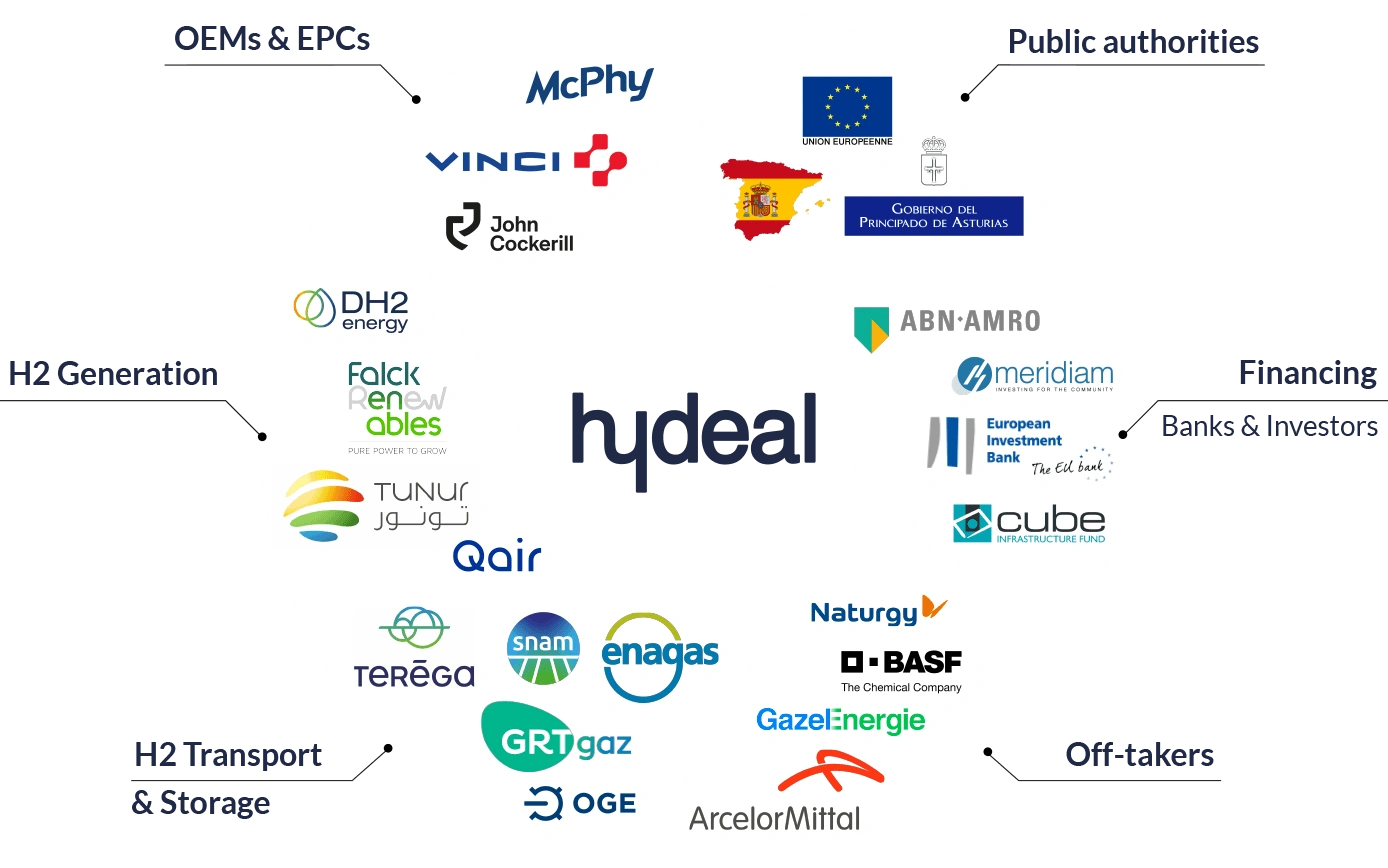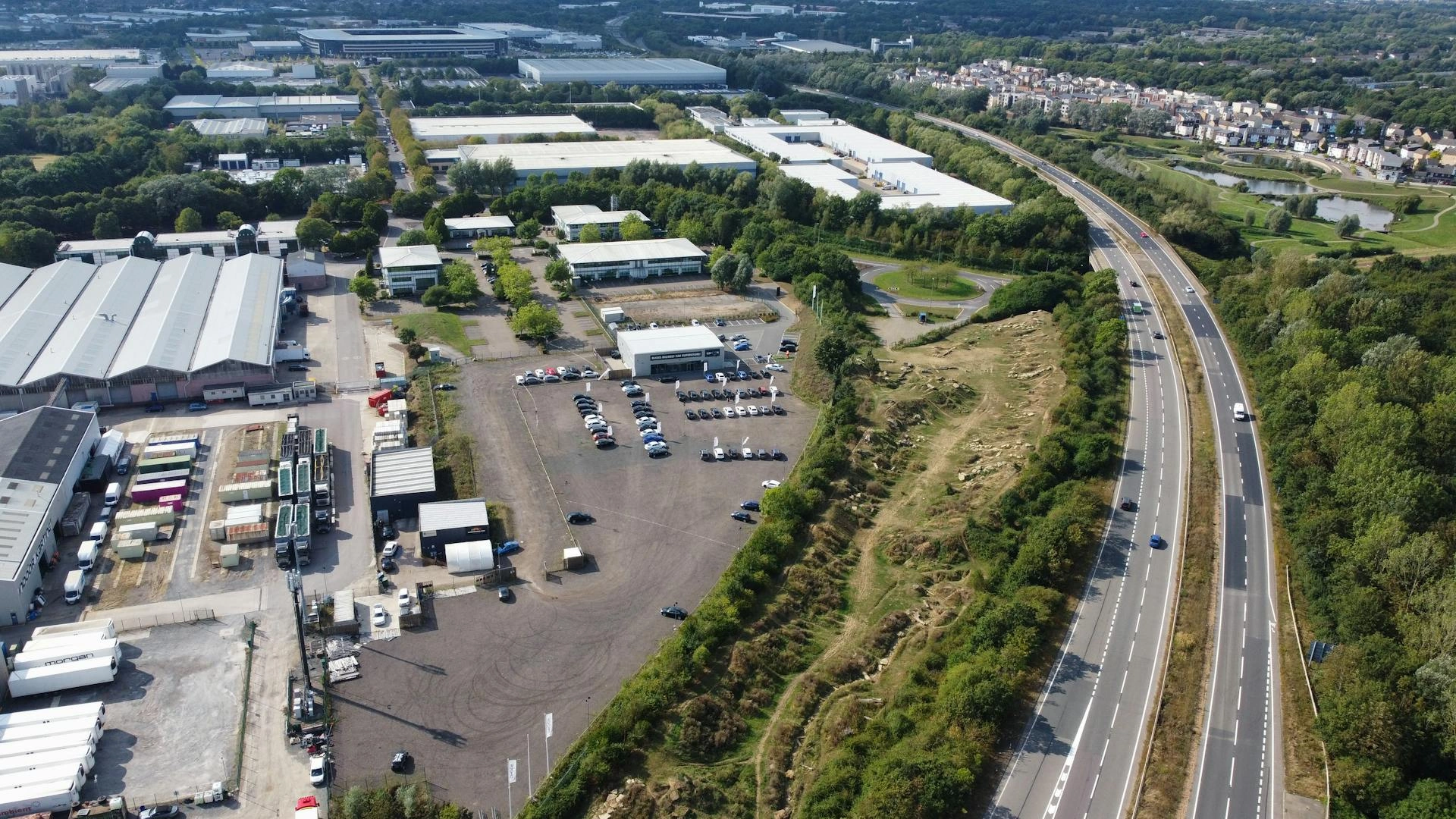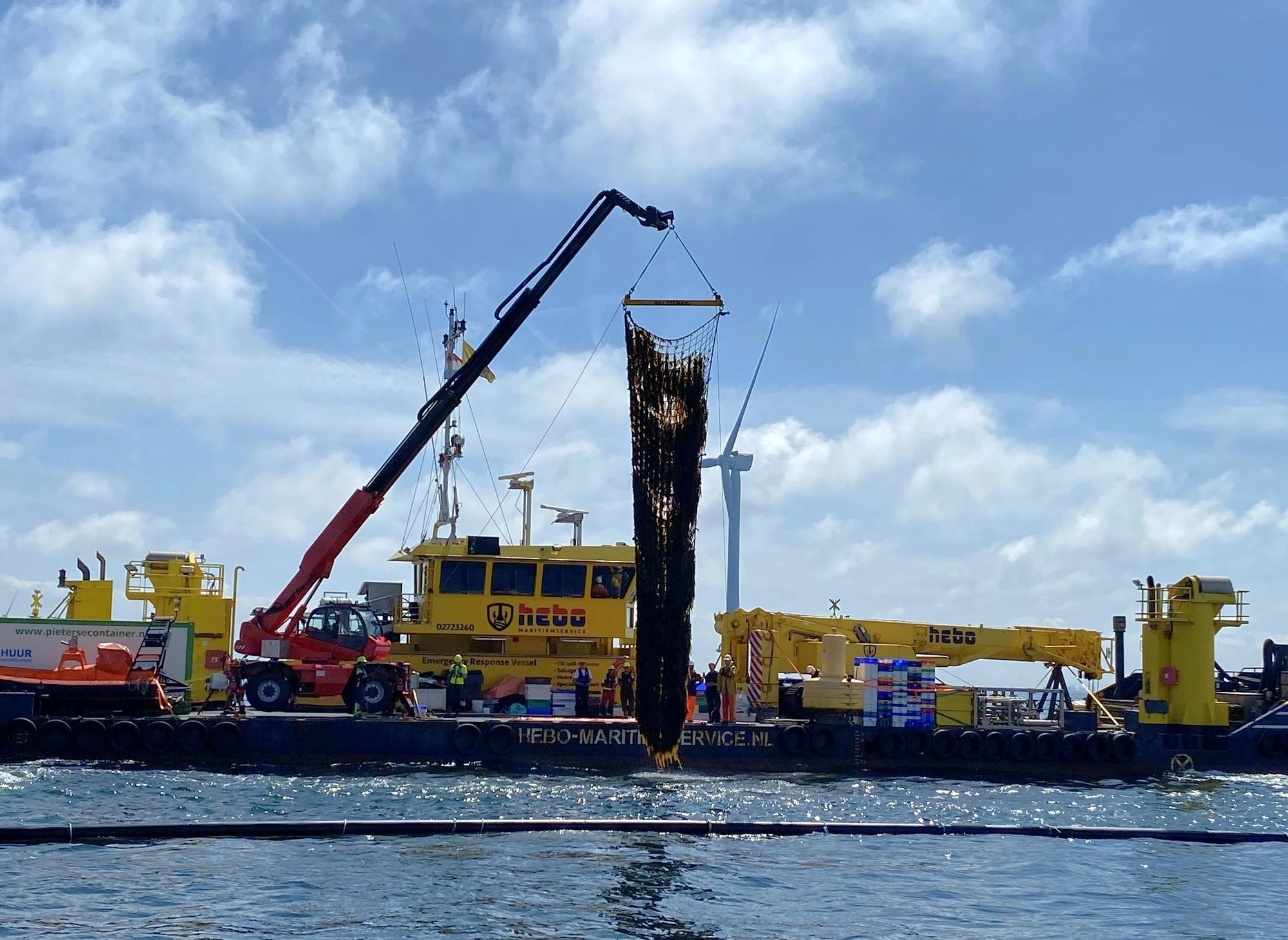A roadmap to Net Zero

John E. Kaye
- Published
- Home, Sustainability

The climate crisis is the most pressing issue of this generation, says Sustainability Project Leader of Comply Direct Ltd, Liz Wood, (PIEMA, PhD)
Global emissions and temperatures are continuing to rise and reaching record levels, and the disastrous consequences of this on our climate, oceans, and biodiversity are already clearly visible. The Intergovernmental Panel on Climate Change’s (IPCC) special report published in 2018 detailed the devastating impacts on the world if global warming reached over 1.5°C warming above pre-industrial levels. Impacts include coral reefs ceasing to exist, annual heatwaves causing wildfires and droughts, ice sheets collapsing, the wipe out of species, and millions of lives at risk.
More recently, the IPCC published its 6th Assessment Report on the Physical Science Basis of climate change. This built on the previous report as a code-red for humanity, highlighting the scale of the climate emergency and the need for countries and governments to take rapid action to reduce greenhouse gas emissions. The findings showed that warming is projected to hit that 1.5°C threshold between 2030 and 2035, no matter the scenario. Only drastic action to reach the net zero carbon emissions target within the carbon budget will limit the impacts and enable warming to decrease. This report comes at a crucial time ahead of the Conference of Parties (COP26) in Glasgow in November 2021, where participating nations will need to agree to take actions which are proportionate to the scale of the climate crisis. Signatories to the Paris agreement will need to raise their ambitions for mitigating climate change in line with these findings.
Although the 6th Assessment Report provides perhaps the most concerning outlook yet, we are in the midst of a generational opportunity for organisations to take action to minimise their environmental impacts and maximise the sustainability of their business operations.
Roadmap to Net Zero
Net zero means reducing emissions as much as possible whilst acknowledging that where greenhouse gas emissions still occur, they must be offset entirely through long term carbon capture or storage. The UK’s legally binding net-zero target by 2050 will likely mean further requirements for businesses will be introduced in the coming years. A recent poll conducted by O2 and the British Chambers of Commerce found that just 1 in 10 SMEs are measuring the carbon footprint of their operations, with one of the main challenges being a lack of in-house understanding or expertise.
A roadmap to net zero can be broken down into 4 stages:

Measure — This is calculating how much carbon an organisation or product generates and is commonly referred to as a carbon footprint.
Target — Once a carbon footprint is calculated, organisations might want to set a target to reduce their footprint over time, as well as consider working towards a Science Based Target or a commitment to Net Zero.
Reduce — Carbon specialist consultants can help organisations achieve their targets via provision of carbon management plans with specific actions and suggestions based on the latest technologies available, as well as for insight into future developments and onsite audits by energy professionals to recommend specific areas for improvement.
Offset — Offsetting plays an important role in achieving carbon neutrality or Net Zero, as many organisations have unavoidable GHG emissions, so they use offsets to compensate them. An external consultant can help to procure high quality, third party verified offsets to use alongside reductions in emissions.
What is a carbon footprint?
The first step in achieving carbon reduction goals is to calculate an organisation’s carbon footprint. A carbon footprint is a measure of the emissions produced as a result of an organisation’s operations.
The calculation of a carbon footprint is normally done based on carbon emitted over a specified period (usually a year).
It involves calculating the total emissions released to the atmosphere, either directly, which means greenhouse gas (GHG) emissions from GHG sources owned or controlled by the organisation (e.g. via gas in boilers located at the company sites), or indirectly, which are GHG emissions that are a consequence of an organisation’s operations or activities, but that arise from GHG sources that are not owned or controlled by the organisation.
For carbon foot printing, it is necessary to split GHG emitting activities into 3 different scopes:
Scope 1 — Direct emissions
These include emissions from activities owned or controlled by an organisation that release emissions into the atmosphere. They are direct emissions where carbon emissions go directly into the atmosphere. Examples of Scope 1 emissions include emissions from combustion in owned or controlled boilers, furnaces, vehicles.
Scope 2 — Energy indirect
These include emissions released into the atmosphere associated with consumption of purchased electricity, heat, steam and cooling. These are indirect emissions that are a consequence of an organisation’s activities, but which occur at sources not owned or controlled. For example, when purchasing electricity, the emissions happen indirectly at the power station.
Scope 3 — Other indirect
Emissions that are a consequence of an organisation’s actions, which occur at sources not owned or controlled and which are not classed as Scope 2 emissions. Examples of Scope 3 emissions are business travel by means not owned or controlled by an organisation, waste disposal which is not owned or controlled, or purchased materials.
Environmental, Social, Governance (ESG)
Companies are more frequently coming under increasing pressure from investors, regulators, employees, and customers to not only monitor and reduce their carbon emissions, but to also incorporate this into a wider sustainability strategy, accounting for all ESG factors.
ESG stands for Environmental, Social, and Governance and is a framework used by organisations to evaluate their success beyond short-term profit, aiming to create positive social and environmental outcomes.
Not only does ESG assess a company’s environmental impact and stewardship via environmental criteria, it also evaluates how a company manages relationships with and creates value for stakeholders via social criteria, and addresses company leadership and management philosophy, practices, and policies via governance criteria.
The action required is clear. It is crucial that organisations of all types and sizes look to address the discussed areas urgently to increase the chance of global warming decreasing back below 1.5°C.
For further information:
www.complydirect.com
This article is also featured in our Climate Change review, available to view here
Sign up to The European Newsletter
RECENT ARTICLES
-
 Mycelium breakthrough shows there’s mush-room to grow in greener manufacturing
Mycelium breakthrough shows there’s mush-room to grow in greener manufacturing -
 Oxford to host new annual youth climate summit on UN World Environment Day
Oxford to host new annual youth climate summit on UN World Environment Day -
 Exclusive: Global United Nations delegates meet in London as GEDU sets out new cross-network sustainability plan
Exclusive: Global United Nations delegates meet in London as GEDU sets out new cross-network sustainability plan -
 Fast fashion brands ‘greenwash’ shoppers with guilt-easing claims, study warns
Fast fashion brands ‘greenwash’ shoppers with guilt-easing claims, study warns -
 Private sector set to overtake government as main driver of corporate sustainability in 2026, report suggests
Private sector set to overtake government as main driver of corporate sustainability in 2026, report suggests -
 Sir Trevor McDonald honoured at UWI London Benefit Dinner celebrating Caribbean achievement
Sir Trevor McDonald honoured at UWI London Benefit Dinner celebrating Caribbean achievement -
 Historic motorsport confronts its energy future
Historic motorsport confronts its energy future -
 Protecting the world’s wild places: Dr Catherine Barnard on how local partnerships drive global conservation
Protecting the world’s wild places: Dr Catherine Barnard on how local partnerships drive global conservation -
 Europe’s HyDeal eyes Africa for low-cost hydrogen link to Europe
Europe’s HyDeal eyes Africa for low-cost hydrogen link to Europe -
 Fabric of change
Fabric of change -
 Courage in an uncertain world: how fashion builds resilience now
Courage in an uncertain world: how fashion builds resilience now -
 UAE breaks ground on world’s first 24-hour renewable power plant
UAE breaks ground on world’s first 24-hour renewable power plant -
 China’s Yancheng sets a global benchmark for conservation and climate action
China’s Yancheng sets a global benchmark for conservation and climate action -
 Inside Iceland’s green biotechnology revolution
Inside Iceland’s green biotechnology revolution -
 Global development banks agree new priorities on finance, water security and private capital ahead of COP30
Global development banks agree new priorities on finance, water security and private capital ahead of COP30 -
 UK organisations show rising net zero ambition despite financial pressures, new survey finds
UK organisations show rising net zero ambition despite financial pressures, new survey finds -
 Gulf ESG efforts fail to link profit with sustainability, study shows
Gulf ESG efforts fail to link profit with sustainability, study shows -
 Redress and UN network call for fashion industry to meet sustainability goals
Redress and UN network call for fashion industry to meet sustainability goals -
 World Coastal Forum leaders warn of accelerating global ecosystem collapse
World Coastal Forum leaders warn of accelerating global ecosystem collapse -
 Miliband: 'Great British Energy will be self-financing by 2030'
Miliband: 'Great British Energy will be self-financing by 2030' -
 New ranking measures how Europe’s biggest retailers report on sustainability
New ranking measures how Europe’s biggest retailers report on sustainability -
 Music faces a bum note without elephant dung, new research warns
Music faces a bum note without elephant dung, new research warns -
 Scientists are racing to protect sea coral with robots and AI as heatwaves devastate reefs
Scientists are racing to protect sea coral with robots and AI as heatwaves devastate reefs -
 Munich unveils new hydrogen lab as Europe steps up green energy race
Munich unveils new hydrogen lab as Europe steps up green energy race -
 Seaweed and wind turbines: the unlikely climate double act making waves in the North Sea
Seaweed and wind turbines: the unlikely climate double act making waves in the North Sea



























